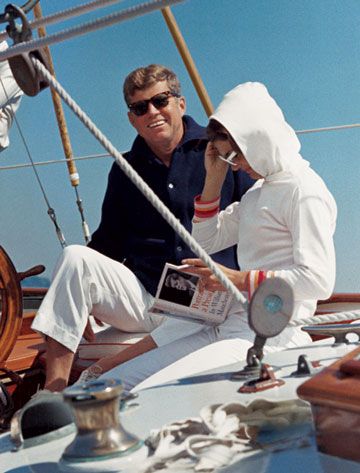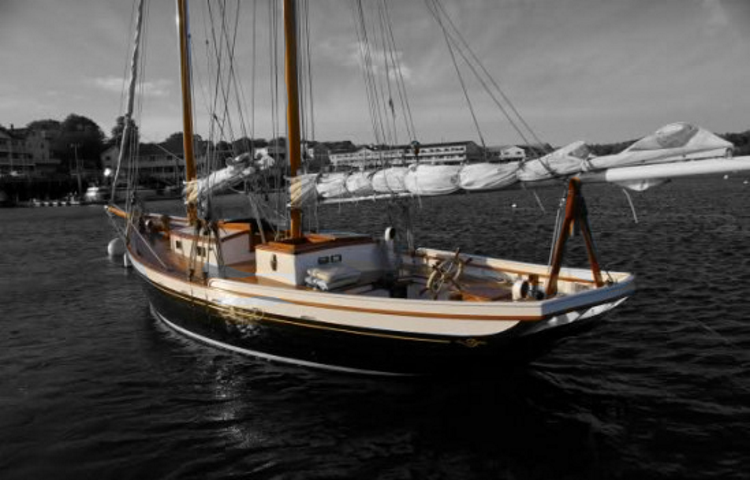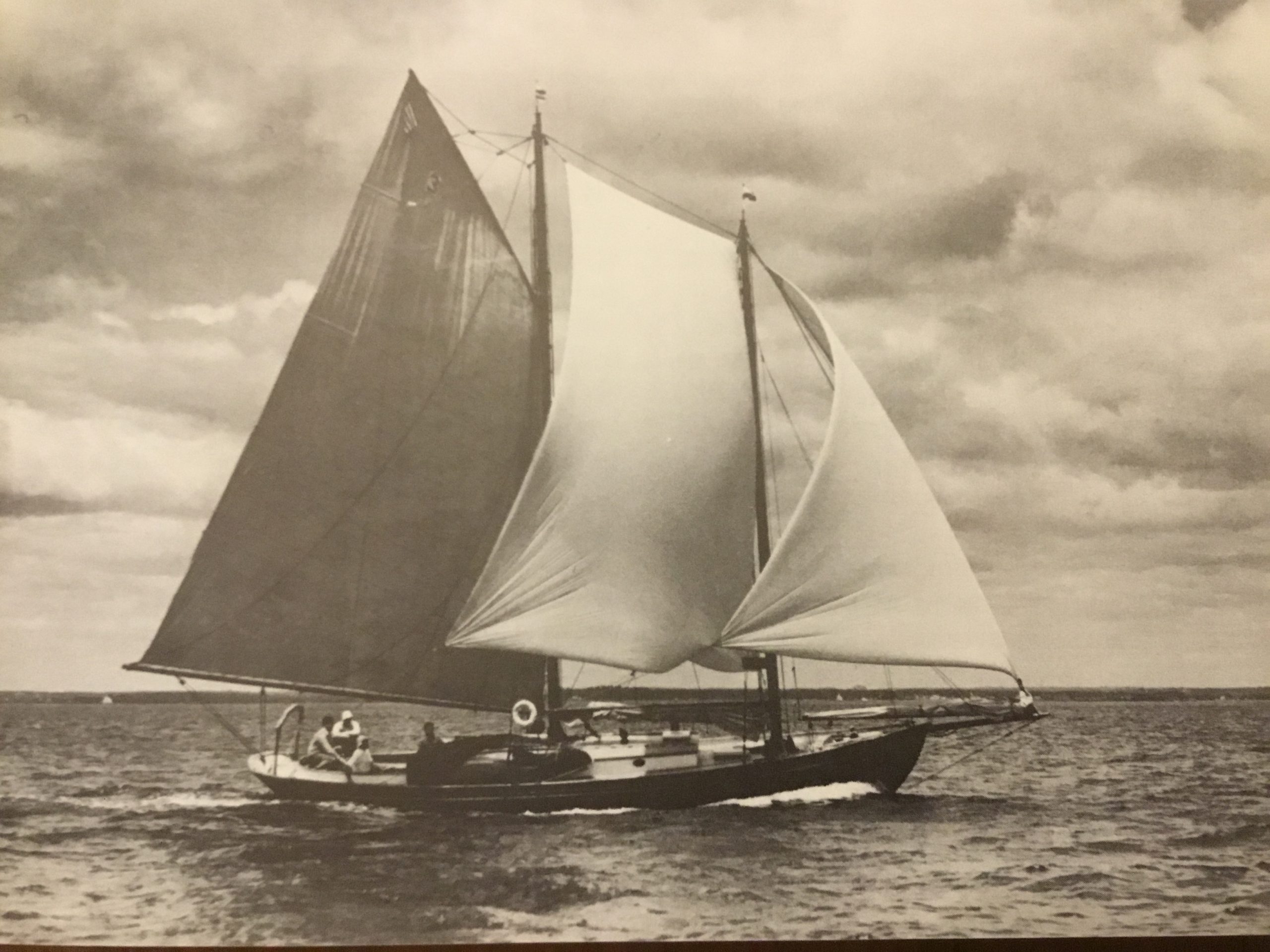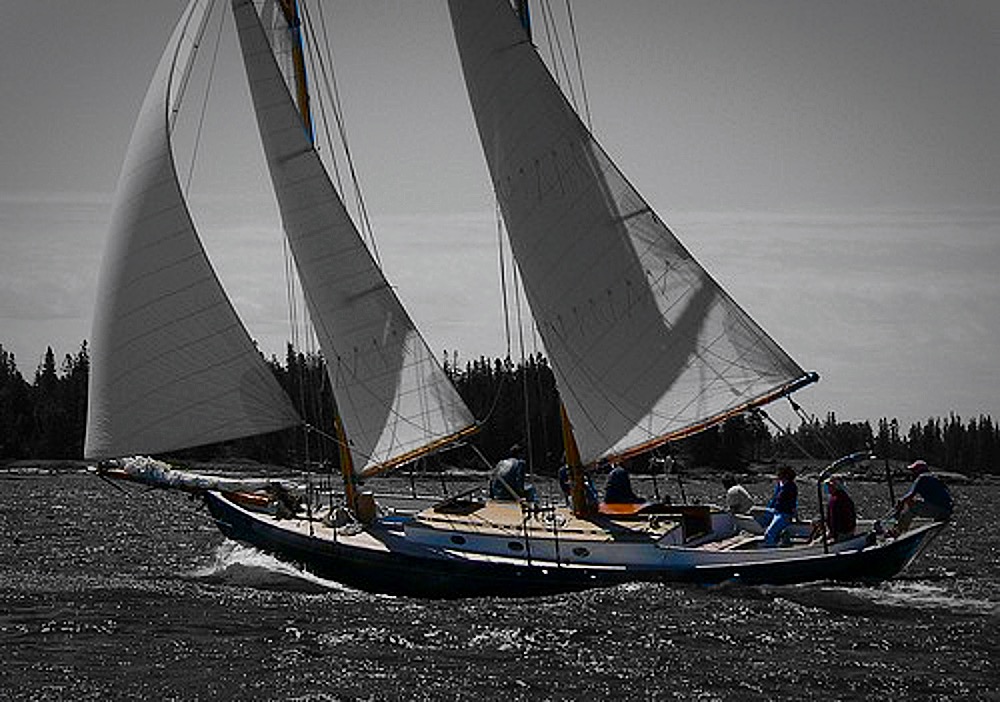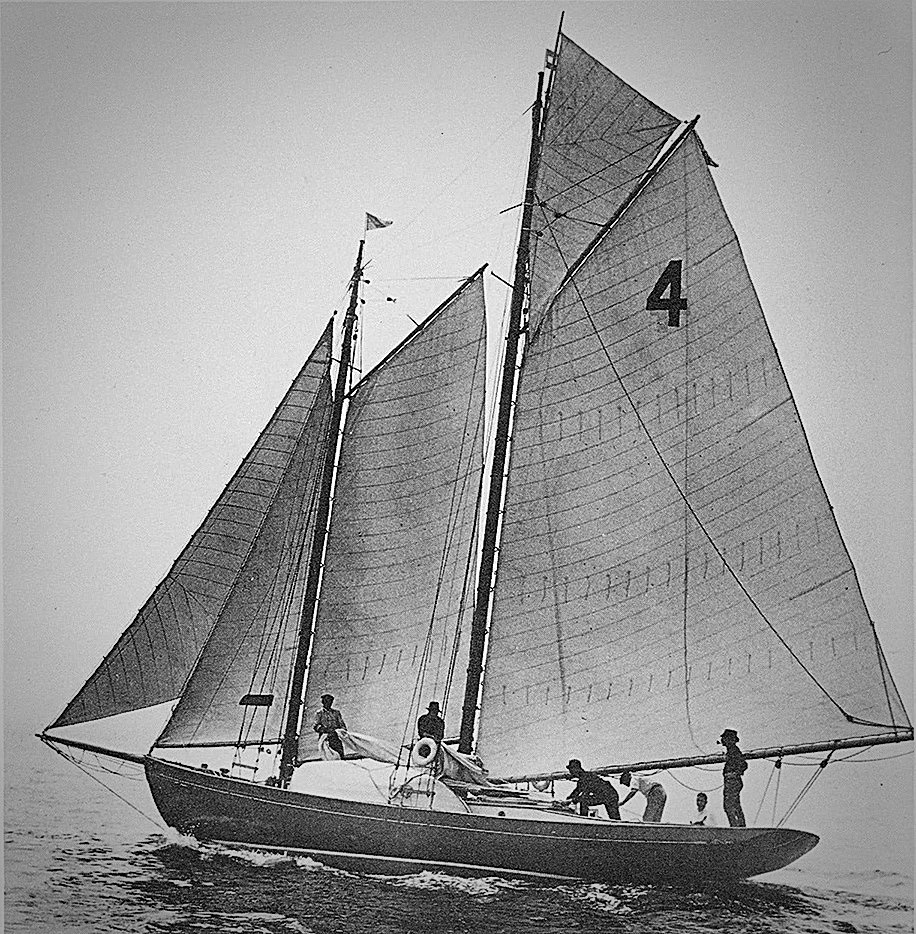
Sail Number: 4
Vessel Type: Malabar IV
Ex; Spindrift, Mistress II – Current Name: Black Duck
LOA: – LOD: 46’9 / 14.25m – LWL: 35’6 / 10.82m – Beam: 11’1 / 13.63m – Draft: 6’9 / 2.06m – Ballast: – Displacement: 37,200 / 16,874kgs – Sail Area: 938 sq ft – Yard Number: 205 – Hull material: Wood construction – Rig: Schooner – Designer: Alden – Built by: C.A. Morse & Son, Thomaston, ME – Year Built: 1923 – Former name(s) Black Duck, Spindrift, Mistress II – Current Name: Black Duck
Historical:
In comparison Malabar I had a ballast-displacement ration of 33%, compared to 49% in Malabar 4. To use this greater stability 4 had a lot more sail area than her predecessors. In 1923, her first season, she won all of her races, going 8 for 8, one of which was the prestigious New London/Bermuda race. She was the first Malabar to be built by another yard other than C.A. Morse, with the next 4 being built in Maine.
Comments from Tom Morse
The next major step in the evolution of this line of schooners came with MALABAR IV, design number 205. She was based on quite a different concept, that of a boat that would be sailed with a crew, including a paid hand, and would be expected to compete seriously in ocean races.
John Alden lost his taste for singlehanding when he fell overboard while sailing alone across Massachusetts Bay in MALABAR III. He went over the side forward but somehow managed to catch hole of the boat near her main shrouds and haul himself back aboard. it was a close call. Although the designer make light of the experience by saying that his boat had turned around and picked him up, he reflected seriously on the incident and subsequently staged a number of man-overboard drills. It is interesting that when he deliberately repeated his fall over the side with crew aboard, he could never haul himself back aboard unassisted. This exercise demonstrated not only the power of the adrenalin gland but also at least one risk in singlehanding a boat of moderate freeboard in open waters. Then too, Alden often wanted to leave his boat in one port and meet her in another. These considerations convinced him it would be desirable to carry a paid hand.
Of course, the decision to have a professional living on board affected the size and layout of Malabar IV. She was given a length on deck of 47 feet with a waterline length of 35 feet 6 inches, a beam of 12 feet, and a draft of 6 feet 11 inches according to the Alden records. She had complete quarters for the hand up forward and a good-size galley just abaft the fo’c’s’le. The saloon with transoms and dining table was placed amidships, while the owners’ stateroom, a head and a quarter berth were aft. Alden was always concerned about the stability of his boats, for he liked sailing reasonably level, and he felt strongly that his schooners performed better on their feet. Furthermore, he realized that it takes a lot of extra effort to sail a boat that is easily overburdened: consequently, he was always experimenting with ballast changes. By and large, each succeeding MALABAR seemed to have a greater percentage of her ballast on the keel and/or more total ballast and a higher ballast-displacement ratio. For instance, the first MALABAR, in her best sailing trim, carried only about a third of her weight in ballast, but MALABAR IV had a ballast-displacement ratio of approximately 49 percent. MALABAR IV needed greater stability because she had a lot more sail. Since she was intended for a fair amount of racing and carried a full crew, she was given a extra-long bowsprit, two headsails (she was the first MALABAR to carry a forestaysail), and a main topsail. The area of her four lowers was 1,220 square feet. In addition, of course, she carried a fisherman staysail, gollywobbler, and spinnaker. All these sails made her somewhat of a workshop, but she handled easily and balanced well under main, foresail, and forestaysail. This boat proved remarkably competitive, winning eight races in eight starts in 1923, her first season. One of these victories was an impressive win over a fleet of 22 boats in the first New London-Bermuda Race. Thus, MALABAR IV became the first boat of that line to gain wide recognition, and she started her designer down the road to fame as an ocean racer. According to Clifford Swaine, the “Four” was always Alden’s favorite MALABAR.
Because of her success, a number of sailors called MALABAR IV a racing machine and attributed her speed to light construction. This annoyed Alden, because he took pride in the fact that his boats had heavy scantlings. MALABAR IV was no exception, although she did have bent oak frames, which need not be as heavy as sawn frames, and her ballast-displacement ratio indicates that she was comparatively lighter than her forerunners. Nevertheless, she was exceptionally strong, and she was no lightweight at 41,000 pounds final displacement. Her white oak keel was seven inches deep and 14 inches wide for most of its length. Her oak frames were 1-3/8 by 2-3/4 inches, and they were set on 12-inch centers with a 2-1/2 by 9 inch oak floor at every frame. Floors were through-bolted to the keel and to each frame. Longitudinal support was provided by a bilge stringer 1-7/8 by 6 inches, a clamp of the same size, and a shelf 2-7/8 by 4 inches. Planking was 1-3/8-inch yellow pine. The deck was 1-1/2-inch white pine. Deck beams of oak, 1-7/8 by 2-7/8 inches, were spaced on 12-inch centers. The hull was further reinforced with with vertical and athwartships tie rods. Only one sister was built. Originally named FELISI and now TODDYWAX, she participated in the 1962 Classic Yacht Regatta at Newport, Rhode Island, but shortly thereafter was stolen from her mooring.


